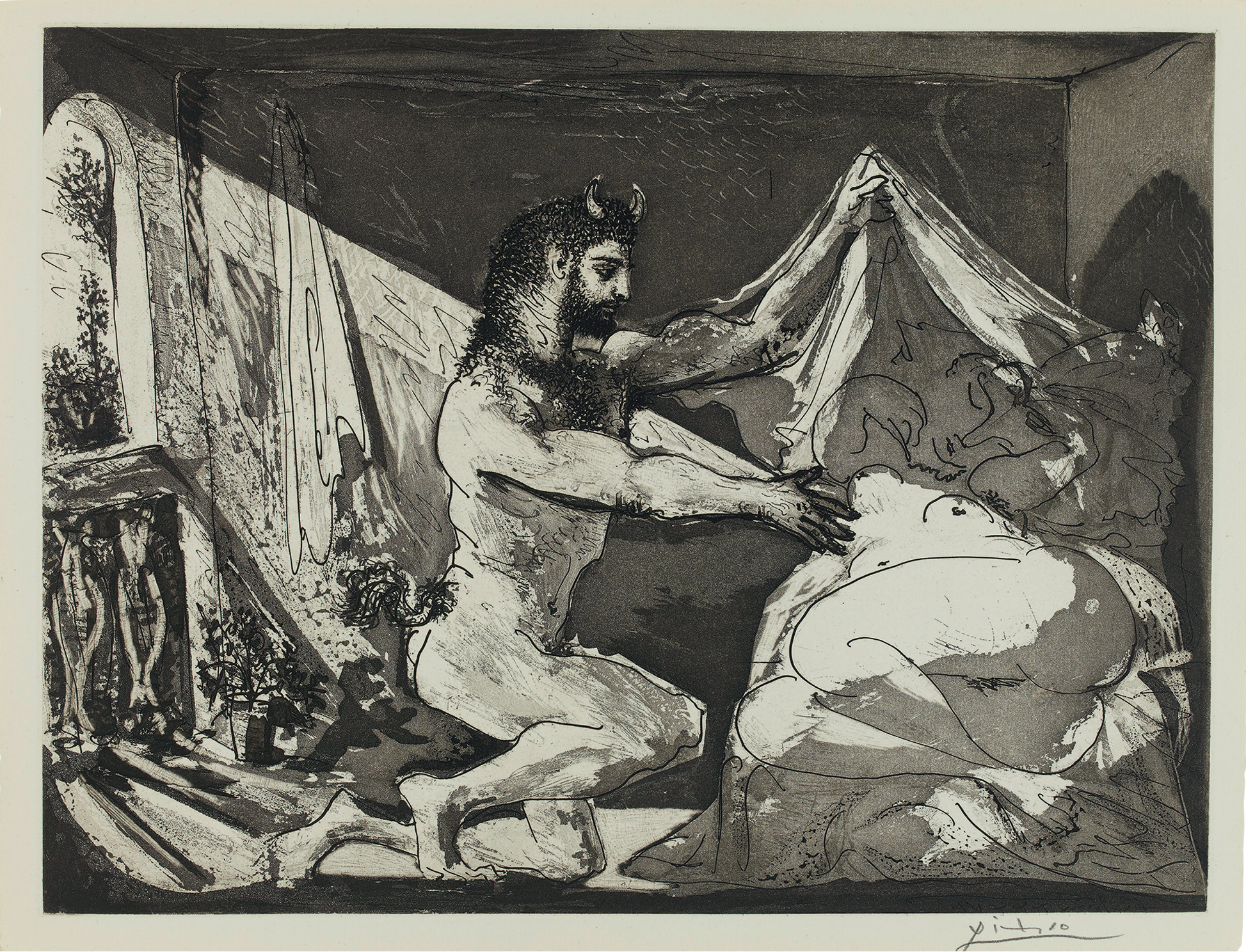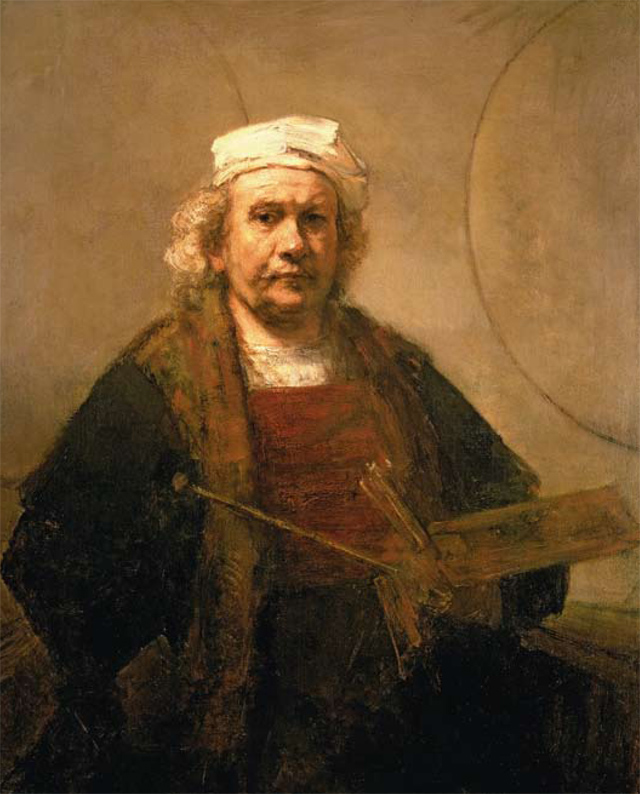My Favourite Painting: Tim Sainsbury
Philanthropist Sir Tim Sainsbury picks out a true Renaissance masterpiece.


Tim Sainsbury on St Jerome in His Study by Antonello da Messina
'Antonello da Messina is often credited with introducing painting in oils to Italy and was a pioneer in the use of linear perspective. But it is the exquisite detail evident in every part of the painting that, for me, makes this work so special. You can study it for hours and still spot something new.
'St Jerome is generally regarded as the most learned of the Four Fathers of the Early Church. His great achievement was translating the Bible from Greek and Hebrew into Latin, thus making the foundation of our Christian faith accessible to all in the early Church.'
Sir Tim Sainsbury was formerly a director of Sainsbury’s before becoming a politician. He is now a philanthropist. His memoir, 'Among the Supporting Cast: Reminiscences and Reflections on Three Careers' is published by Barbreck.
John McEwen on Antonello da Messina and St Jerome
The modern master Giorgio Morandi (1890–1964), when asked if he had studied the ‘still-life arrangements’ in Antonello da Messina’s ‘interiors with figures’, said that it was only later in life he became aware of the artist’s ‘great qualities’ because ‘Antonello worked in a different tradition, that of the Van Eyck brothers and the Flemish masters, whose art we have little opportunity to study in Italy’.
Mere glimpses of this artistic outsider’s life remain, although he, through working briefly in Venice, was the most significant southern-Italian influence on Renaissance Italian art. Born and bred in Sicily, Antonello studied with his sculptor father and in Naples with the painter Niccolò Colantonio, from whom he learned the technique of oil painting introduced by the Flemish masters. Alfonso V of Aragon was King of Naples and it was through the King’s wide-ranging art patronage that Colantino had seen and been influenced by Flemish painting.
St Jerome was one of the four great doctors of western Christianity. When Colantino painted St Jerome in His Study, he did it in Flemish style, with much exquisite detail. In Antonello’s version — which hangs in the wing of the National Gallery founded by Sir Tim and his brothers — detail is architecturally set to accord with Italian Renaissance principles of restraint, balance and geometric order.
Charm and stately reverence combine. The charm is in the subtle lighting and close observation: discarded slippers, a cat, the lion (a faithful companion since Jerome pulled a thorn from its paw in the desert), the birds, possibly starlings, in the windows and daily life beyond. Symbolism abounds: the (barbary) partridge — duty; the peacock — resurrection (Popes had peacock-feather crowns); and objects honouring the Virgin’s purity.

My favourite painting: Norman Ackroyd
Norman Ackroyd chooses his favourite painting for Country Life.

My Favourite Painting: Lucinda Bredin
Lucinda Bredin chooses her favourite painting for Country Life.
Exquisite houses, the beauty of Nature, and how to get the most from your life, straight to your inbox.
Country Life is unlike any other magazine: the only glossy weekly on the newsstand and the only magazine that has been guest-edited by His Majesty The King not once, but twice. It is a celebration of modern rural life and all its diverse joys and pleasures — that was first published in Queen Victoria's Diamond Jubilee year. Our eclectic mixture of witty and informative content — from the most up-to-date property news and commentary and a coveted glimpse inside some of the UK's best houses and gardens, to gardening, the arts and interior design, written by experts in their field — still cannot be found in print or online, anywhere else.
